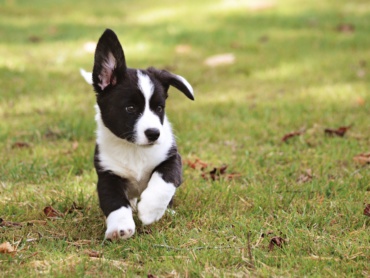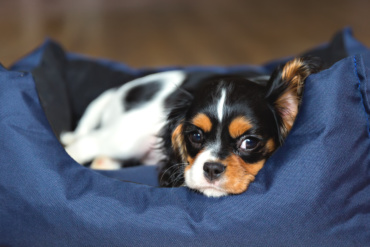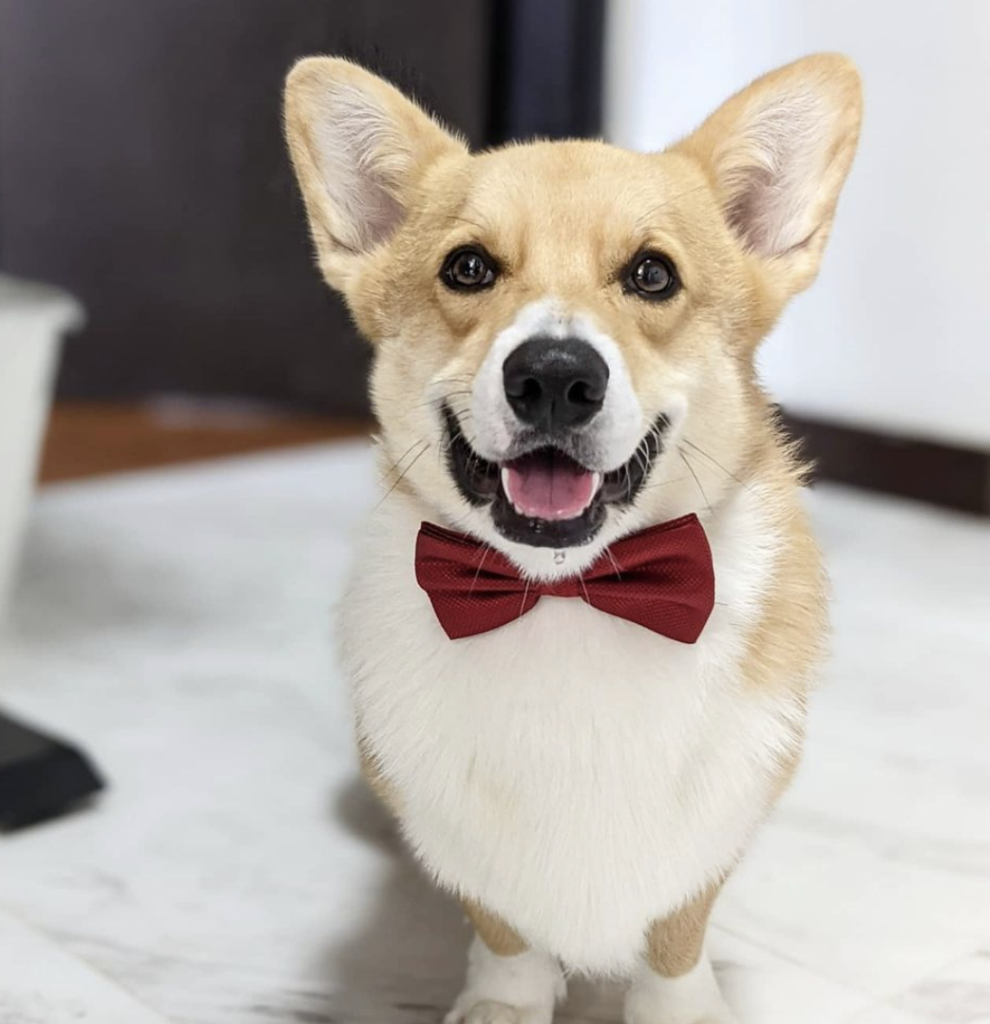
Our next feature for Stories From The Community discusses All About Long-Backed Dogs, in this article, we will be discussing puppyhood – how the first day back home was like & the challenges faced during puppyhood.
This article will feature the experiences & insights from the hoomans of punggolporkchop, dachs.of.pepper and mimi_de_corgi!
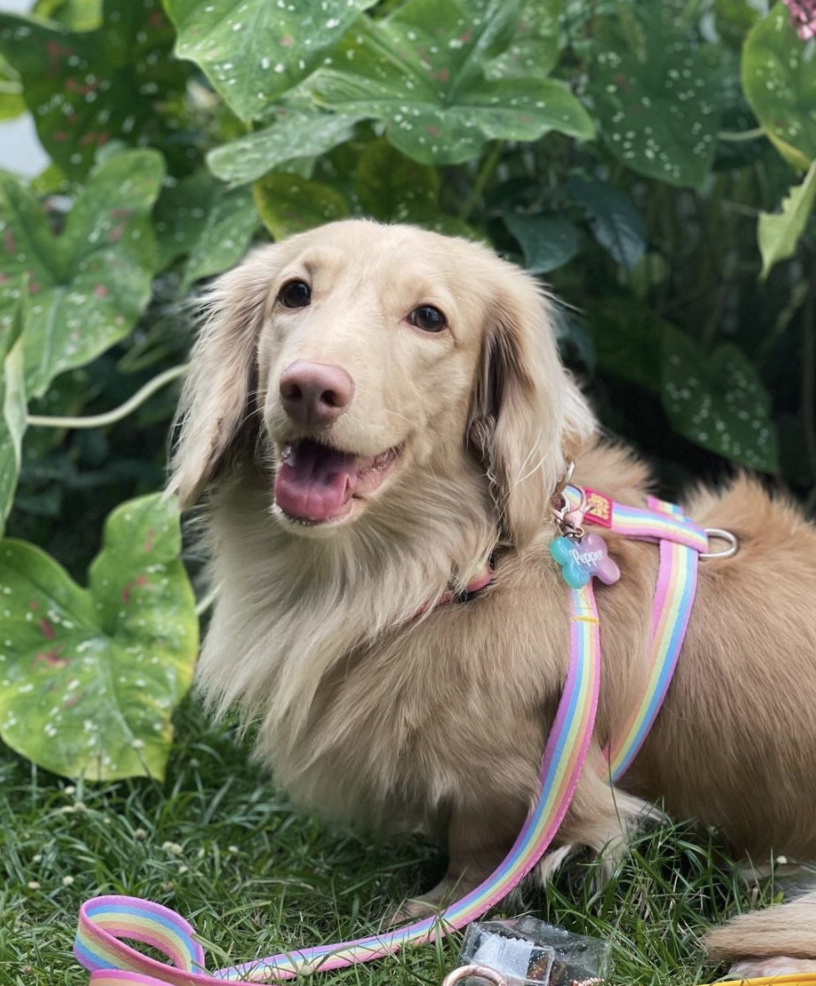
Q: What was the first day like with your pup?
P: The first day was really hectic for us! We got Porkchop on a Friday evening right after work and it was love at first carry – he was the first pup we carried and we fell in love with him immediately. Because everything happened so fast, we were unprepared for a puppy. We didn’t have a proper crate for him and carried him out of the pet shop with a small bag of kibbles. We had to scramble to a nearby pet shop to get all the pet supplies in a couple of hours.
M: Our first day was really exciting! We got Mimi on a Sunday evening – we saw her at the pet shop and she was so pretty even though she was already 8 months old. We decided to bring her home that day. However, as a first-time pet owner, we were very unprepared and didn’t have any clue as to what we should have ready to start taking care of Mimi.
Thankfully we were able to buy a comprehensive starter kit from the pet shop. The starter kit included all sorts of supplies like a proper crate, kibbles, freeze-dried meals, supplements for skin, coat and joint, water and food bowls and even medication like colloidal silver spray if an infection were to happen.
The pet shop also gave us basic guidance on how to care for Mimi. With all that, we were able to bring Mimi out of the pet shop back home with all the basic needs in place along with a peace of mind.
D: My partner and I weren’t actively looking for dogs because we know it’s a lifetime commitment. But we really love dachshunds and have been reading up a lot on the breed. One day our friend sent us a photo of Pepper and, don’t tell him – but we didn’t actually find him cute. In fact, we actually thought he looked kinda funny.
But we decided to go down to the pet shop to meet him. When he first saw us, he sat down and wagged his tail calmly. When we walked away to look at the other puppies, he didn’t bark like the rest of the puppies did. He just sat there calmly, waiting for us. When we carried him, he even looked at us lovingly with those beautiful eyes. We found his character very peculiar and started to fall in love with him. We couldn’t sleep the whole night thinking about him.
There were a lot of discussions and preparations made before we brought Pepper home. He was about 3 months old at the time. We brought him to the vet first to get a full check up to make sure he was healthy and asked for recommendations of supplements we should feed him.
On our way home, Pepper vomited in the car and we panicked, turns out he has motion sickness. The first night, we kept Pepper in his cage alone in the living room, afraid that he may develop separation anxiety if we kept him close to us all the time and to our surprise and delight, he was fine alone that night! Our first day was pretty busy but thankfully, everything went smoothly.
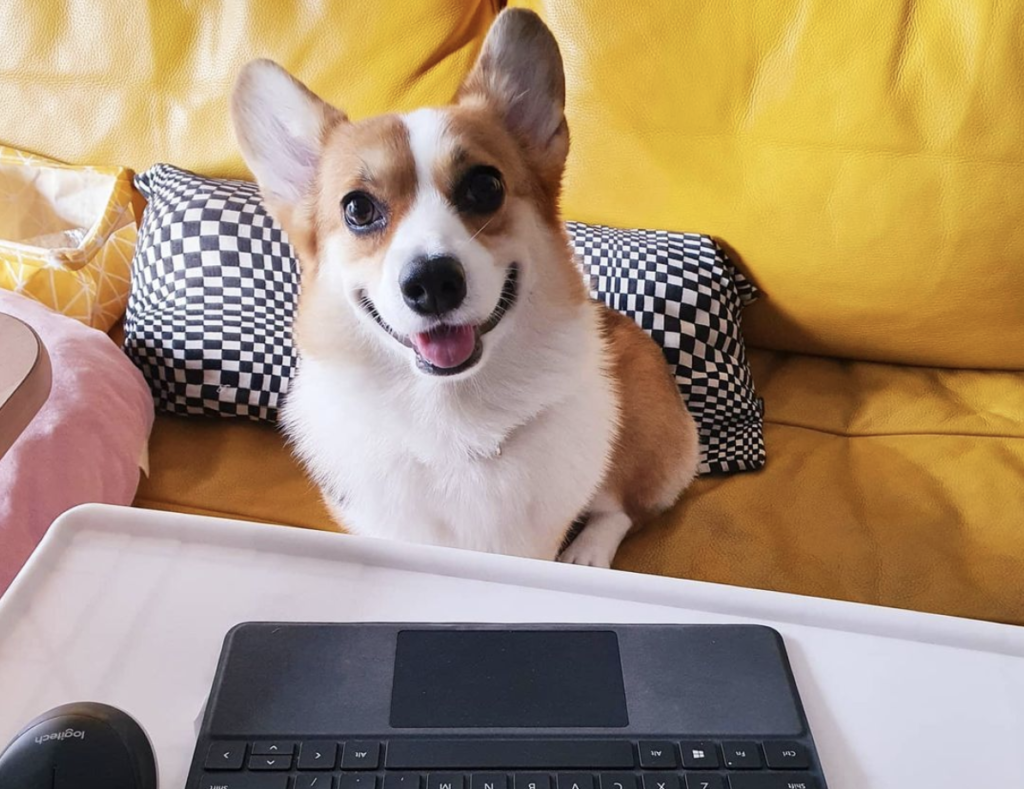
Q: Was there anything you didn’t anticipate when you were caring for your furkids in their puppy phase?
P: One of the things we didn’t anticipate was how much corgis like to jump, run and bounce around. They have so much energy and seem to think their bodies are made of metal. When we were reading up on corgis, we knew how prone they are to hip dysplasia and other joint and hip problems. So as pawrents, we try not to let Pork Chop jump around too much.
Another thing we didn’t know of was the existence of supplements and the benefits of different ingredients. We started to become obsessed over green lipped mussels and looked for glucosamine supplements to add to his diet to help mitigate any potential joint and hip issues when he gets older.
M: We did not anticipate how much Mimi loves to jump and run around. Through joining corgi forums and group chats, we learned how prone corgis are to hip dysplasia and other joint and hip problems. So we started to look for intensive supplements such as rosehip powder to add to her diet.
Another thing we learned is that corgis are also prone to Pancreatitis too. So we also looked at how we can improve her immune system by adding Probiotics into her meals. We also avoid feeding her fatty meats and add pumpkin and sweet potato so she can digest her food more efficiently.
D: We read up a lot of articles on dachshunds and the potential issues that Pepper may have to prepare ourselves. We joined Facebook groups and asked experienced owners for their recommendations and advice. There is a lot to know when it comes to caring for a Dachshund especially on possible health issues.
We got joint supplements, changed his diet from kibbles to balanced home cooked food and also prevented him from climbing stairs or jumping as a precaution. We are also aware of the importance of fitness so we take him out for daily walks but being careful not to exert him.
– – –
THE WOOF AGENCY would like to thank punggolporkchop, mimi_de_corgi and dachs.of.pepper for sharing about their experiences!
Stay tuned to our next article from owners of long-backed dogs where we discuss all things health & diet!
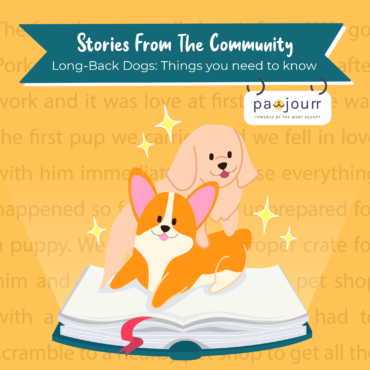
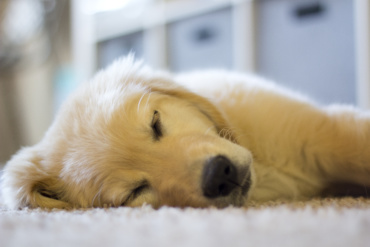


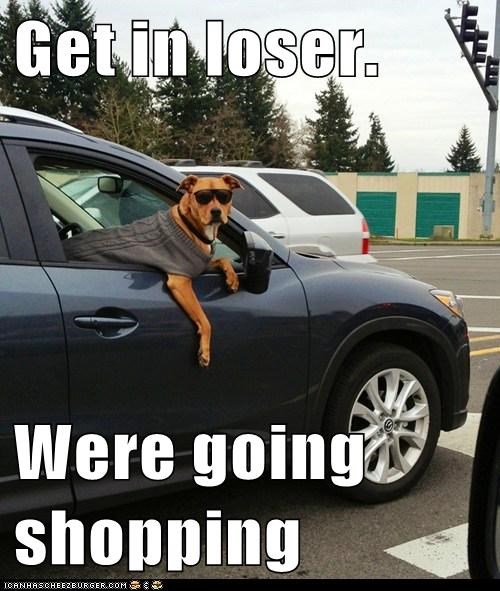
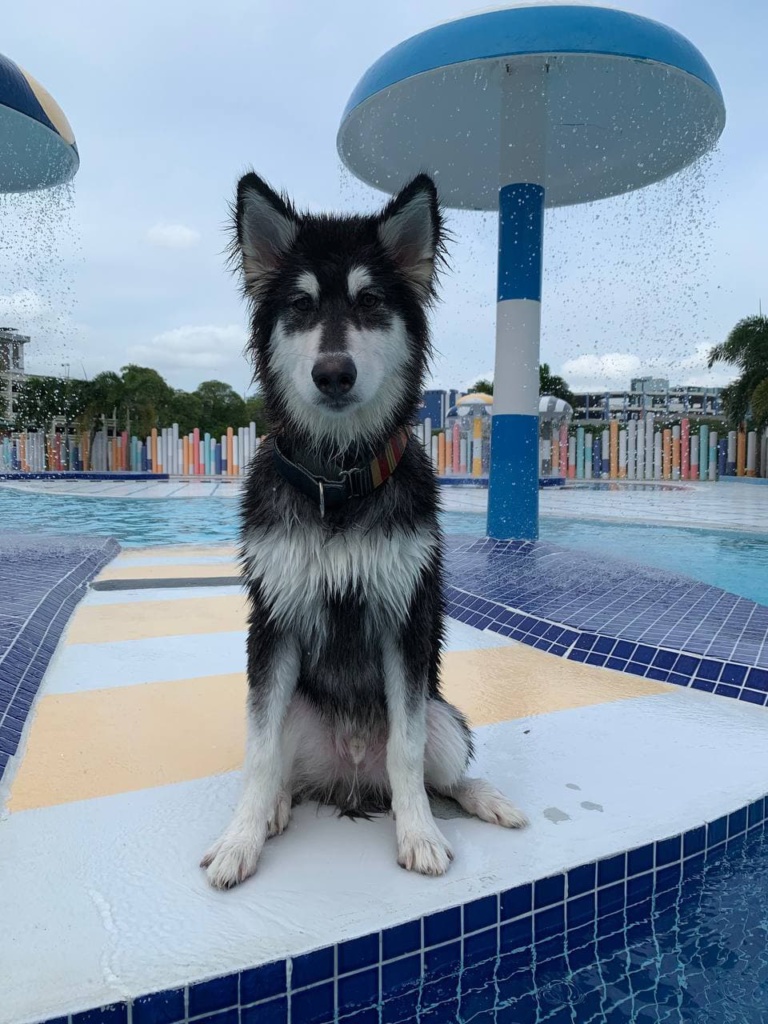
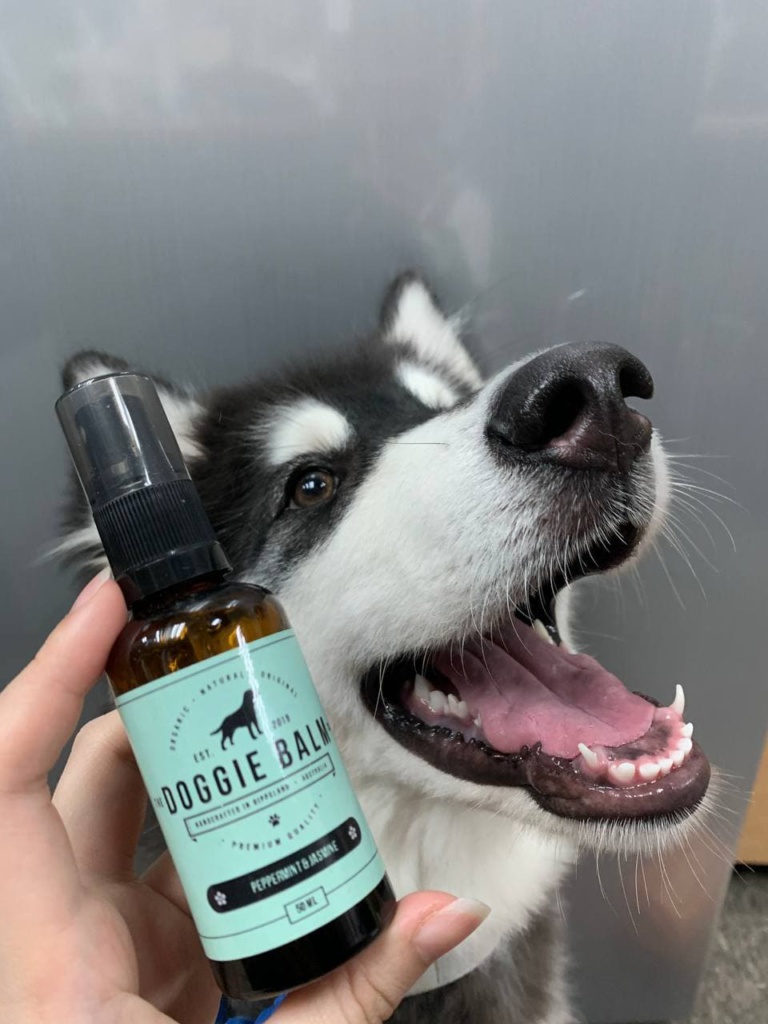
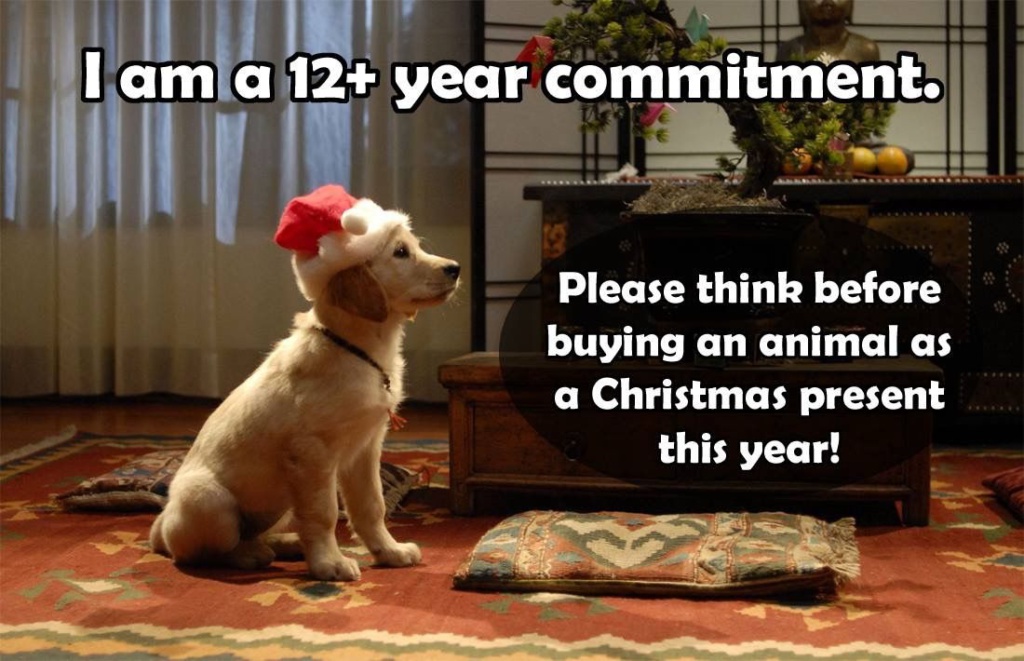

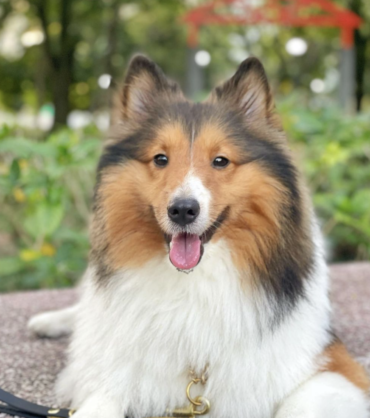

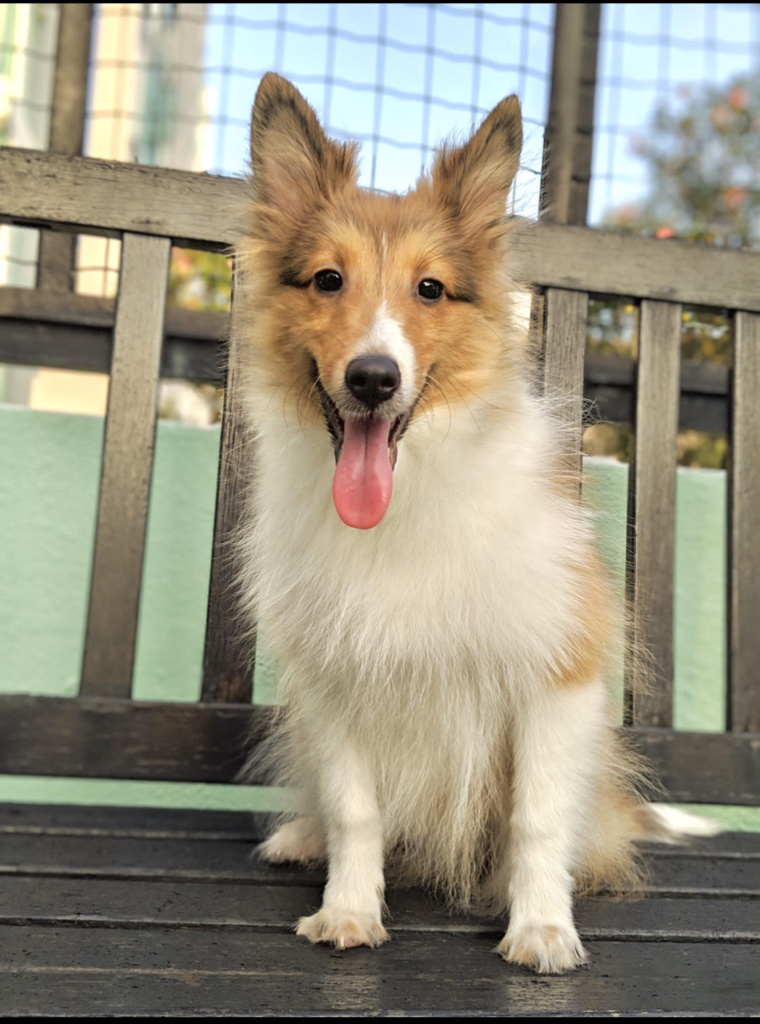




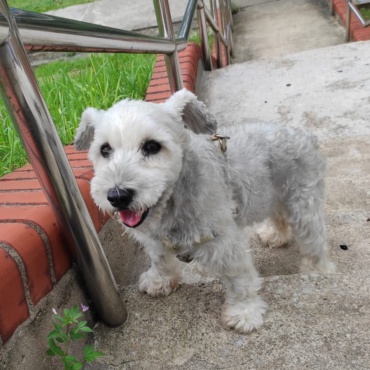

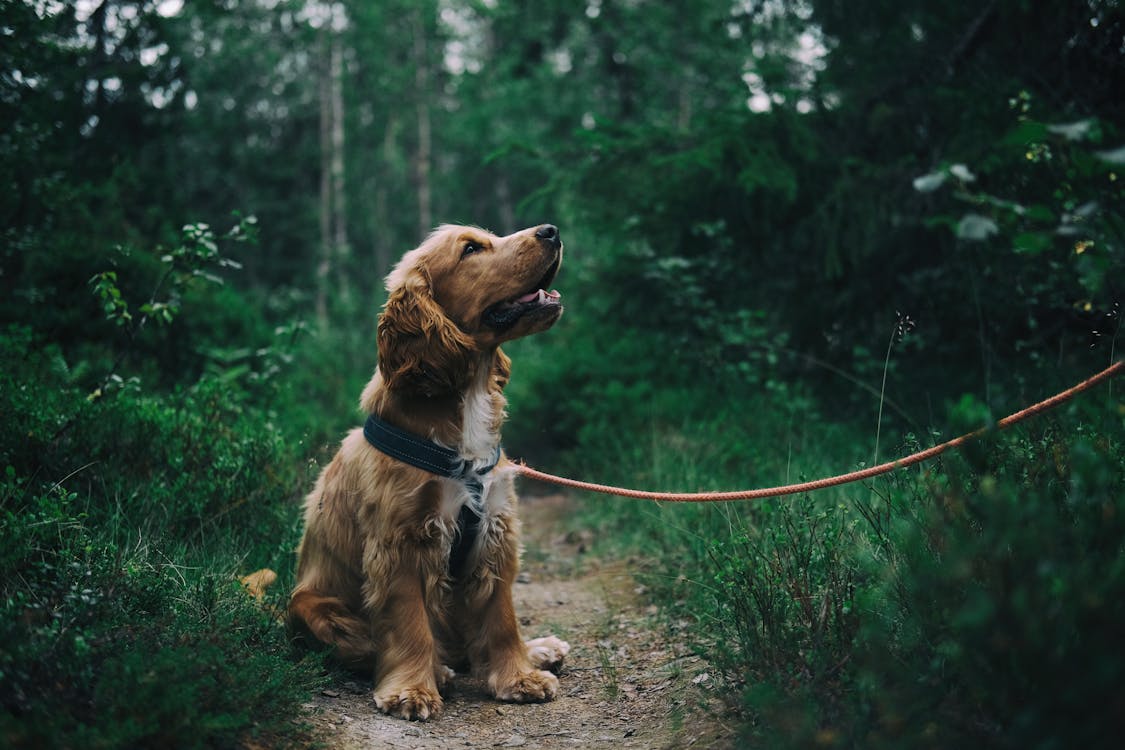
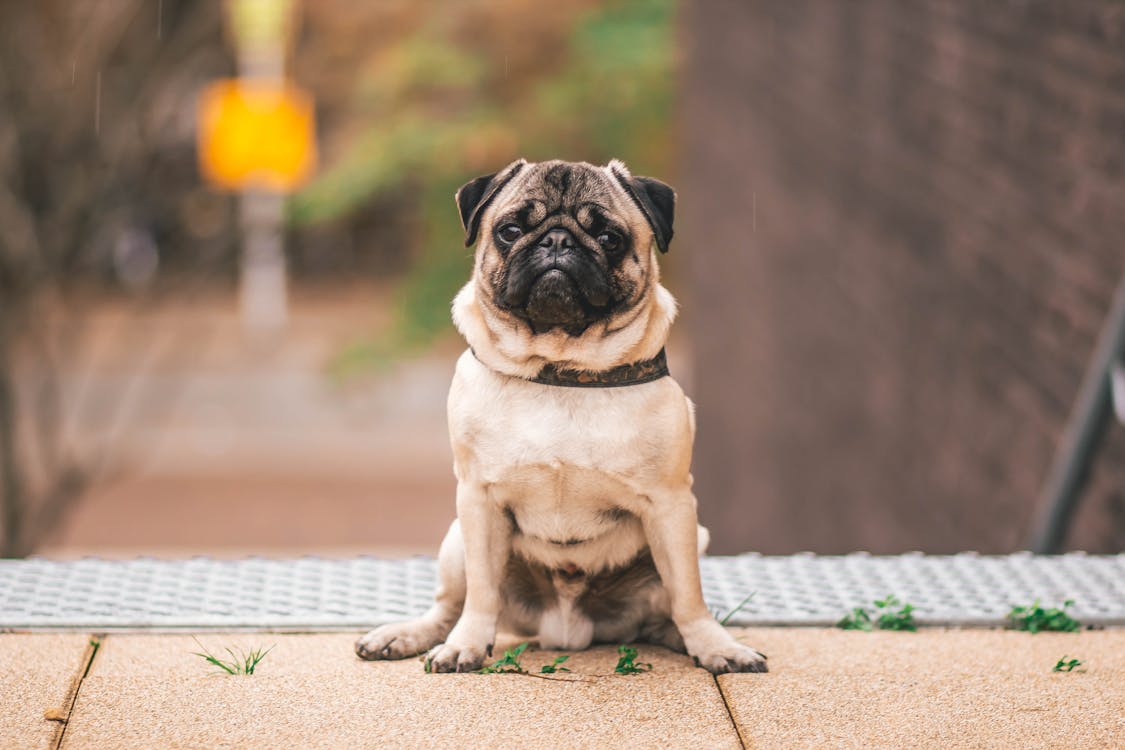
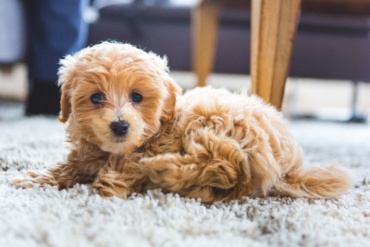
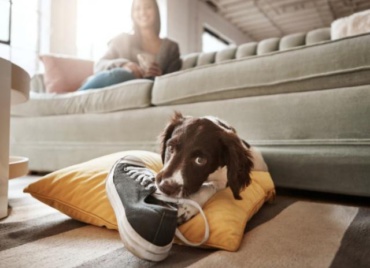
:max_bytes(150000):strip_icc():format(webp)/NatalieShuttleworth-5c3b7d4846e0fb0001ae57a9.jpg)
:max_bytes(150000):strip_icc():format(webp)/MintImages-NorahLevine-5c3b7c9246e0fb0001ecc25f.jpg)
